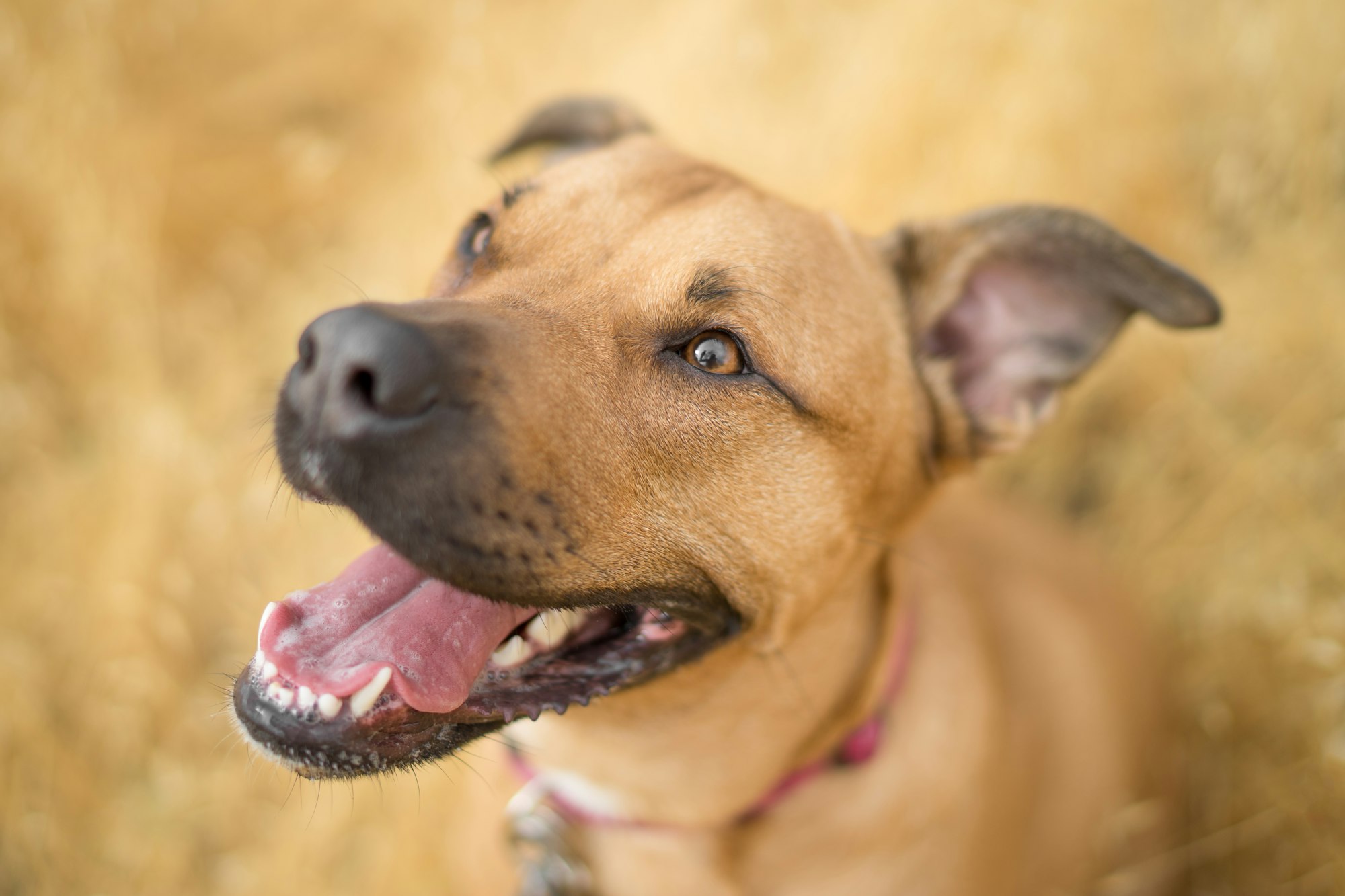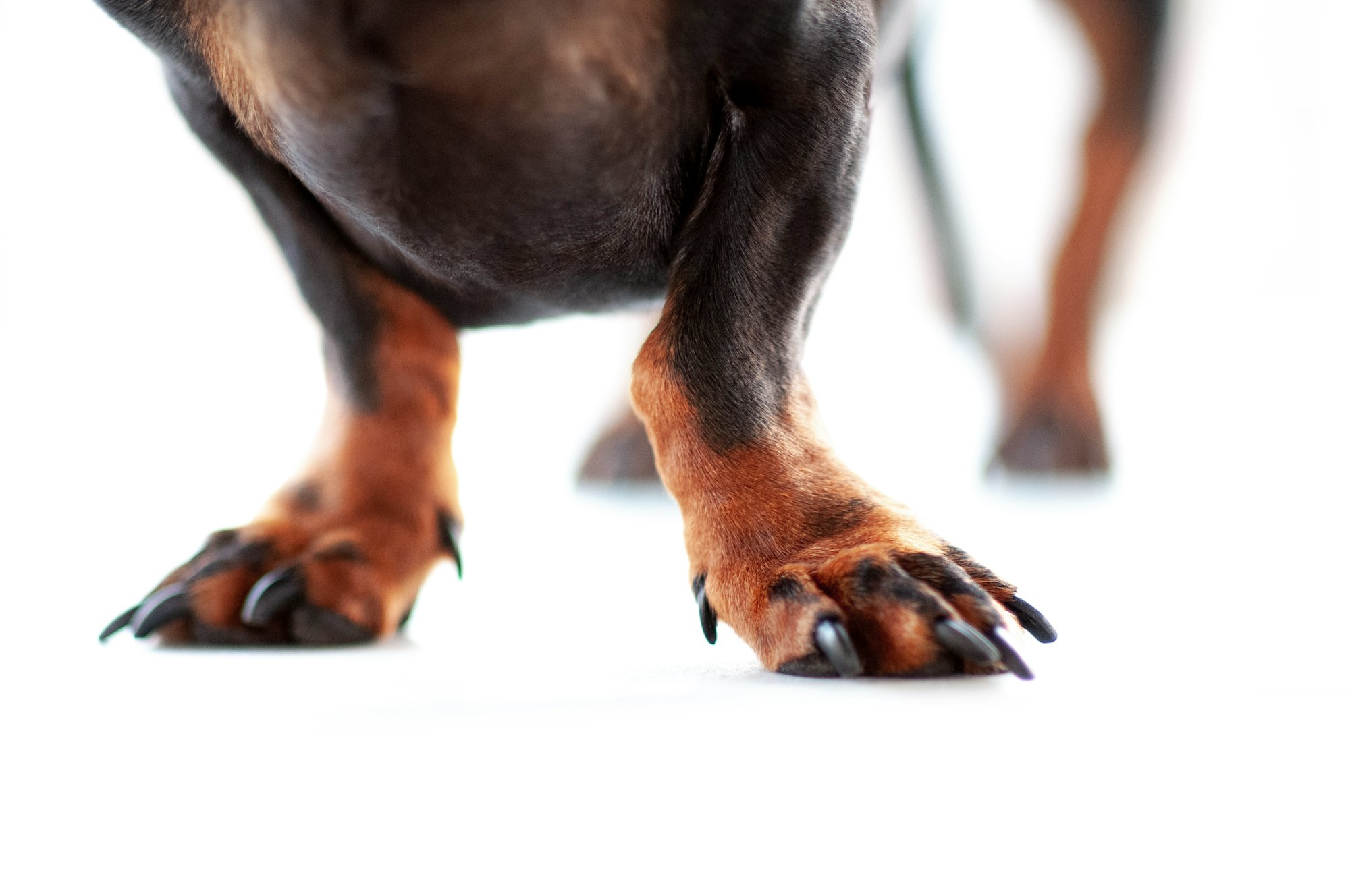Dogs have a unique way of communicating with humans and other animals. They use body language to convey their emotions, needs, and desires. One of the most noticeable body language signals that dogs use is ear position. Dogs can move their ears in different directions to express a variety of emotions, from happiness and curiosity to fear and aggression.
In this article, we will explore the reasons why dogs put their ears back, what it means when they do, and what you can do to help your furry friend feel more comfortable and secure.
Understanding a Dog's Ear Anatomy
The ear is made up of three parts: the outer ear, the middle ear, and the inner ear. The outer ear consists of the pinna, which is the visible part of the ear that sits on top of the head, and the ear canal, which leads to the middle ear. The middle ear contains the eardrum and three tiny bones that transmit sound to the inner ear. The inner ear is responsible for hearing and balance and contains the cochlea and the vestibular system.

Why Do Dogs Put Their Ears Back?
There are many reasons why dogs put their ears back. Some of the most common reasons include:
Communication
Dogs use their ears to communicate with other dogs and humans. When a dog is feeling happy or relaxed, their ears are usually in a natural position, which varies depending on the breed. However, when a dog feels threatened or scared, they may put their ears back as a way to communicate their emotions.
For example, if your dog is feeling anxious or scared, they may put their ears back and flatten them against their head. This is a sign that they are trying to make themselves appear smaller and less threatening. It is their way of saying, "I am not a threat, please don't hurt me." On the other hand, if a dog is feeling confident and aggressive, they may raise their ears and tilt them forward.
Physical Sensations
Sometimes, a dog may put their ears back simply because they are experiencing physical sensations. For example, if a dog is feeling cold, they may tuck their ears back to keep warm. Similarly, if a dog is feeling hot, they may flatten their ears against their head to cool off. Dogs may also put their ears back if they are experiencing pain or discomfort in their ears.
Ear Infections
Ear infections are common in dogs, especially those with long ears or floppy ears. If your dog is putting their ears back and scratching at their ears, it may be a sign of an ear infection. Other symptoms of an ear infection include redness, swelling, discharge, and a foul odor. If you suspect that your dog has an ear infection, you should take them to the vet as soon as possible.
Fear and Anxiety
Fear and anxiety are common reasons why dogs put their ears back. When a dog is feeling scared or anxious, their body language changes, and their ears may be one of the first things to give it away. Dogs may put their ears back as a way to protect themselves and make themselves appear less threatening. This is especially true when dogs are in unfamiliar environments or around unfamiliar people or animals.
Dogs may also put their ears back if they have been punished or scolded. If you scold your dog for doing something wrong, they may put their ears back and look away as a way to show submission. This behaviour is similar to what a dog would do in a pack, where the submissive dog would put their ears back and lower their head to show respect to the dominant dog.
Excitement
Sometimes, dogs may put their ears back out of excitement. For example, if you come home after being away for a while, your dog may put their ears back and wag their tail excitedly. This behaviour is usually accompanied by other signs of excitement, such as jumping, licking, and whining. Dogs may also put their ears back if they are playing or chasing something, as a way to focus their attention.
Aggression
While dogs may put their ears back out of fear and anxiety, they may also do so out of aggression. When a dog is feeling threatened or challenged, they may put their ears back and raise the fur on their neck and back. This is a sign that they are ready to defend themselves and may attack if necessary.
If you notice that your dog is putting their ears back in an aggressive manner, you should take steps to prevent any potential conflicts.
Submission
Dogs are social animals, and they have a complex hierarchy within their pack or family. When a dog puts its ears back, it can be a sign of submission to a more dominant dog or human. This posture indicates that the dog is acknowledging the other's authority and is not a threat.
For example, if a dog meets a more dominant dog in a park, they may put their ears back and crouch down in a submissive posture. This behaviour helps prevent conflict and shows the other dog that they are not a threat.
Pain or Discomfort
Sometimes, dogs may put their ears back as a sign of pain or discomfort. This behaviour is often accompanied by other signs like whining, licking, or scratching.
For example, if a dog has an ear infection, they may put their ears back and shake their head to try to relieve the discomfort. In this case, it's important to take the dog to a veterinarian to get treatment and relieve their pain.
Concentration
Lastly, dogs may put their ears back when they are concentrating on something. When a dog is focused on a task or trying to understand something, they may tilt their head and put their ears back to better hear and process the information. This behaviour is often seen in working dogs, such as police dogs or search and rescue dogs.
Now that we know some of the reasons why dogs put their ears back, let's take a closer look at how to interpret this behaviour. As with any aspect of dog body language, it is important to look at the whole picture and take into account the context of the situation. Here are some tips for interpreting your dog's ear position:
• If your dog is putting their ears back while cowering or backing away, they may be afraid or anxious.
• If your dog is putting their ears back while growling or baring their teeth, they may be feeling aggressive.
• If your dog is putting their ears back while lying down or getting a belly rub, they are likely feeling happy and relaxed.
• If your dog is putting their ears back and shaking their head or scratching their ears, they may be experiencing pain or discomfort.

Breed-Specific Traits
Finally, it's worth noting that some dog breeds have ears that naturally stand up or flop down, which can affect how they communicate. For example, breeds like German Shepherds or Dobermans have erect ears, which can make it harder to tell when they are putting their ears back. On the other hand, breeds like Basset Hounds or Cocker Spaniels have floppy ears that are more expressive and can convey more emotions.
Conclusion
In summary, dogs put their ears back for a variety of reasons, including fear, anxiety, submission, excitement, pain, and breed-specific traits. Understanding these behaviours can help us communicate better with our furry friends and ensure their well-being.
If you notice that your dog is putting their ears back frequently or showing other signs of distress, it's important to seek professional help from a veterinarian or a certified dog trainer. With patience and understanding, we can create a happy and healthy relationship with our dogs based on trust and mutual respect.
For more helpful articles about pet-parenting tips, check out the Off Leash blog at TryFi.com.
Want to know more about TryFi.com? The Fi Dog Collar is a GPS tracking collar that not only keeps track of your dog’s location, activity levels, and sleep patterns, but it also alerts you if your dog escapes your backyard. This is the fastest way to find your dog after an escape. Try the Fi Dog Collar today!

